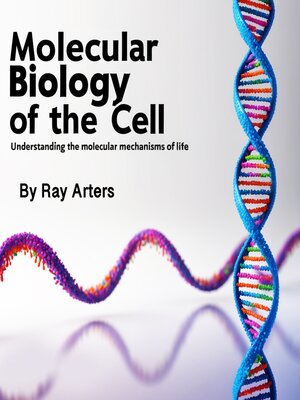Molecular Biology of the Cell
audiobook (Unabridged) ∣ Understanding the Molecular Organisms of Life
By Ray Arters

Sign up to save your library
With an OverDrive account, you can save your favorite libraries for at-a-glance information about availability. Find out more about OverDrive accounts.
Find this title in Libby, the library reading app by OverDrive.



Search for a digital library with this title
Title found at these libraries:
| Library Name | Distance |
|---|---|
| Loading... |
This audiobook is narrated by a digital voice.
The cell represents the fundamental unit of life, a remarkably complex and dynamic system where thousands of different molecules work together in precisely orchestrated fashion to maintain the processes that define living organisms. Understanding cellular molecular biology requires appreciating how individual molecules interact to create emergent properties that transcend the capabilities of any single component, ultimately giving rise to the extraordinary phenomenon we call life.
Biological macromolecules form the structural and functional foundation of all cells, with four major classes of molecules each contributing essential capabilities that enable cellular function. Proteins serve as the primary catalysts and structural components, nucleic acids store and transmit genetic information, carbohydrates provide energy and structural support, while lipids form membranes and serve as signaling molecules. The interactions among these molecular classes create the complex networks that drive all cellular processes.
Protein structure and function demonstrate the remarkable relationship between molecular architecture and biological activity, with precise three-dimensional arrangements of amino acids creating binding sites, catalytic centers, and structural frameworks that enable proteins to perform their diverse cellular roles. The hierarchical organization of protein structure, from primary amino acid sequences through secondary, tertiary, and quaternary structures, illustrates how information encoded in genes is translated into functional molecular machines.







